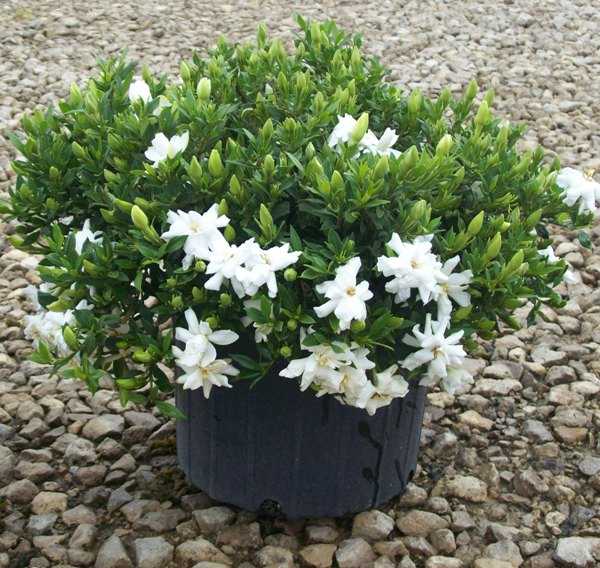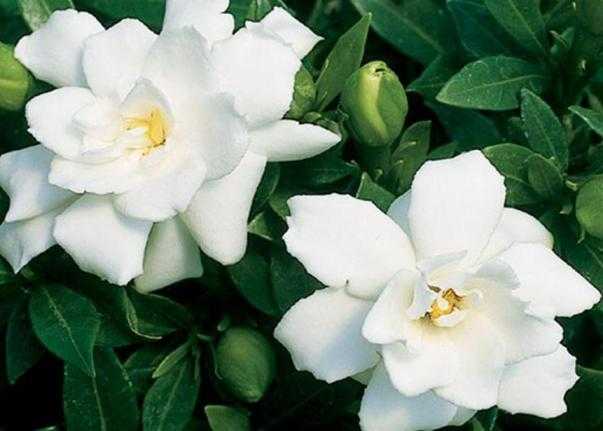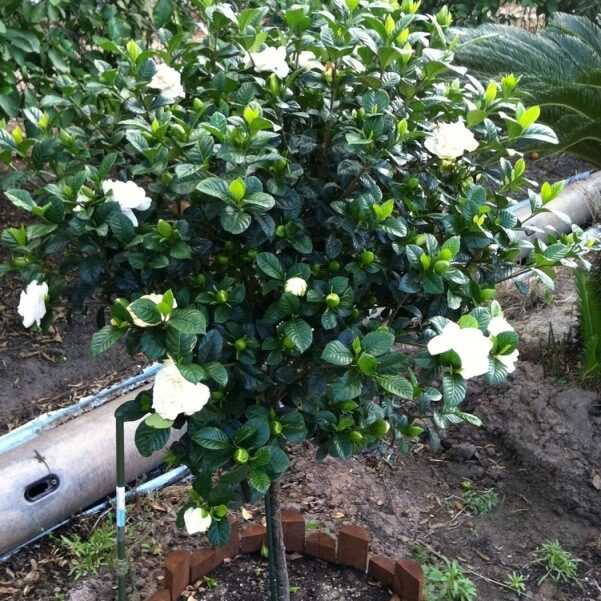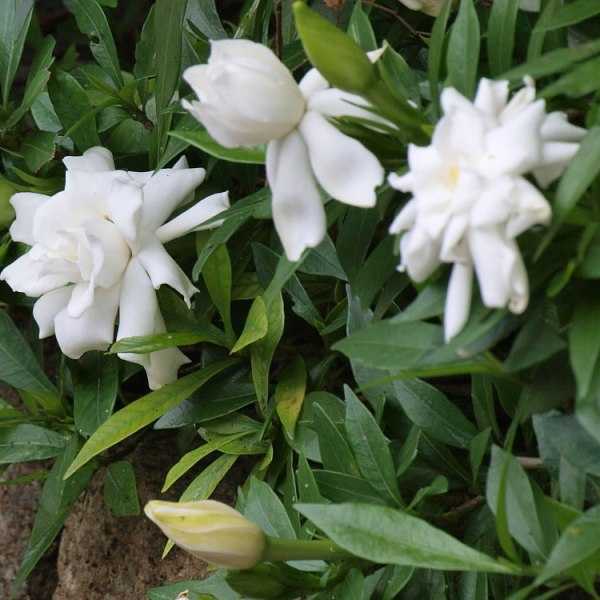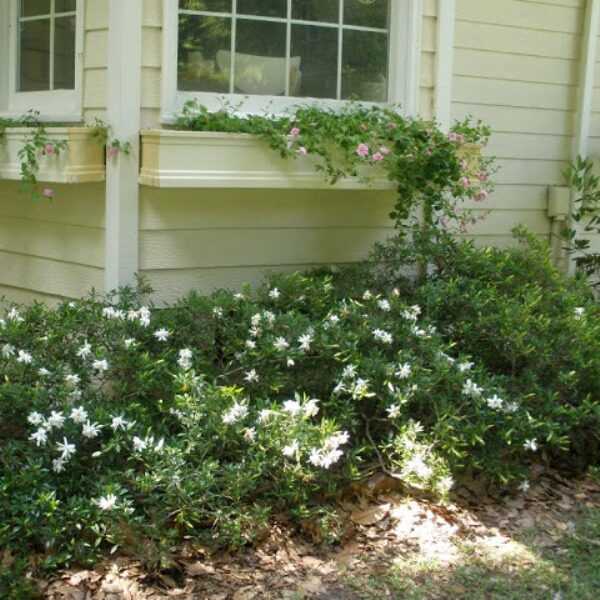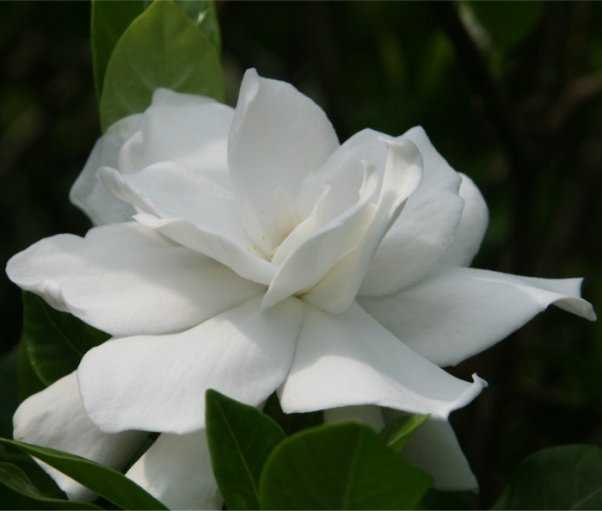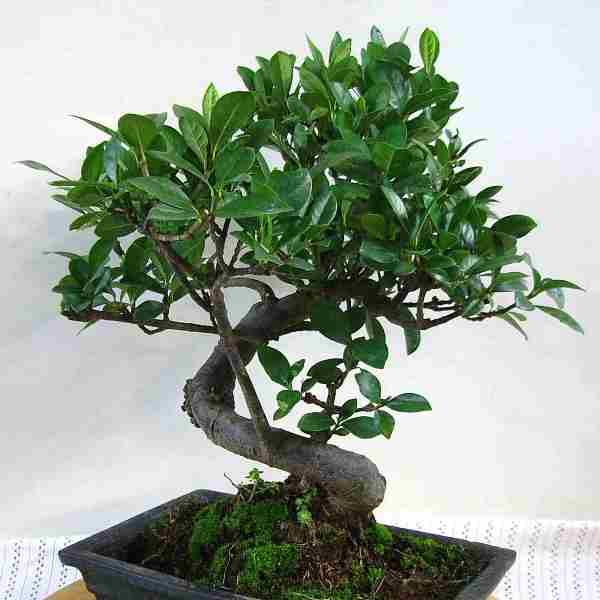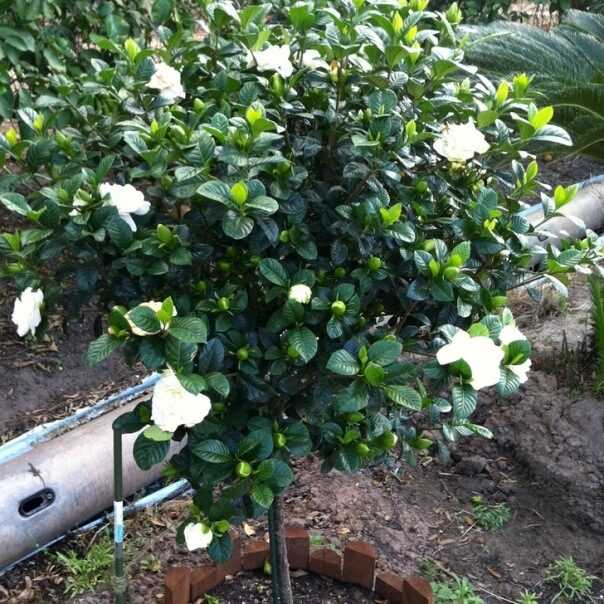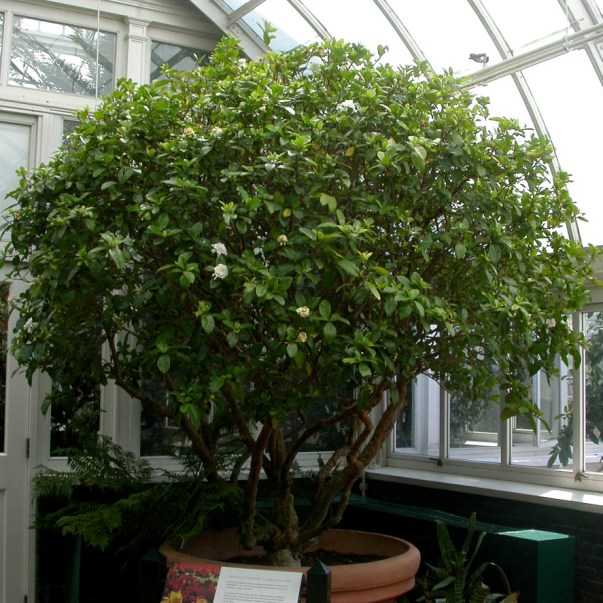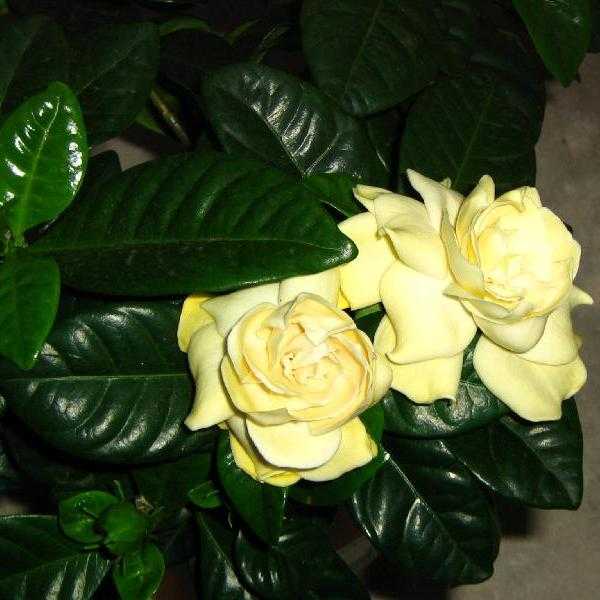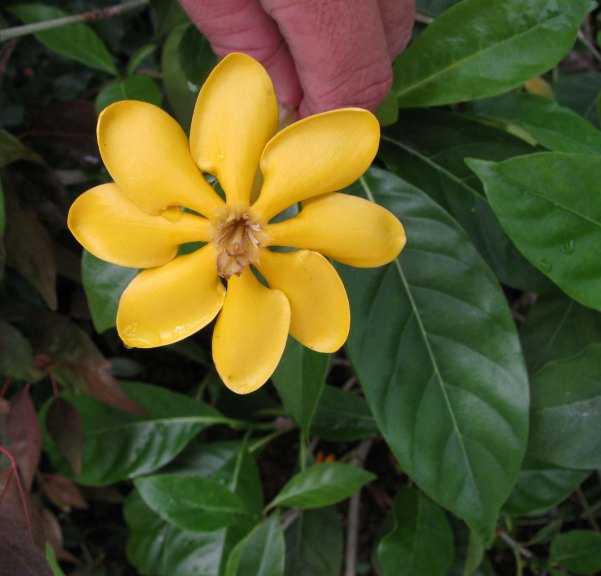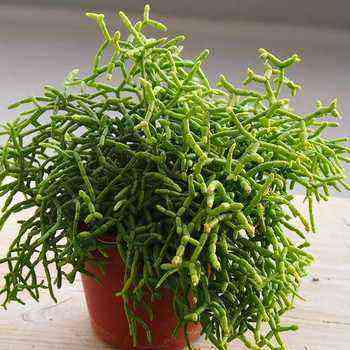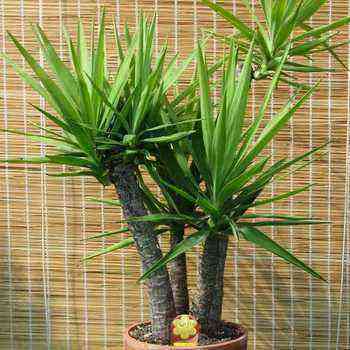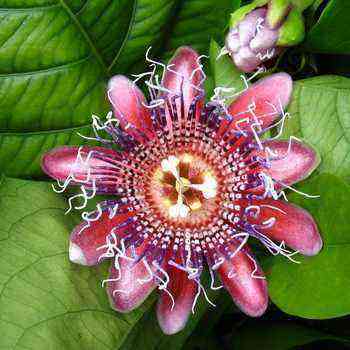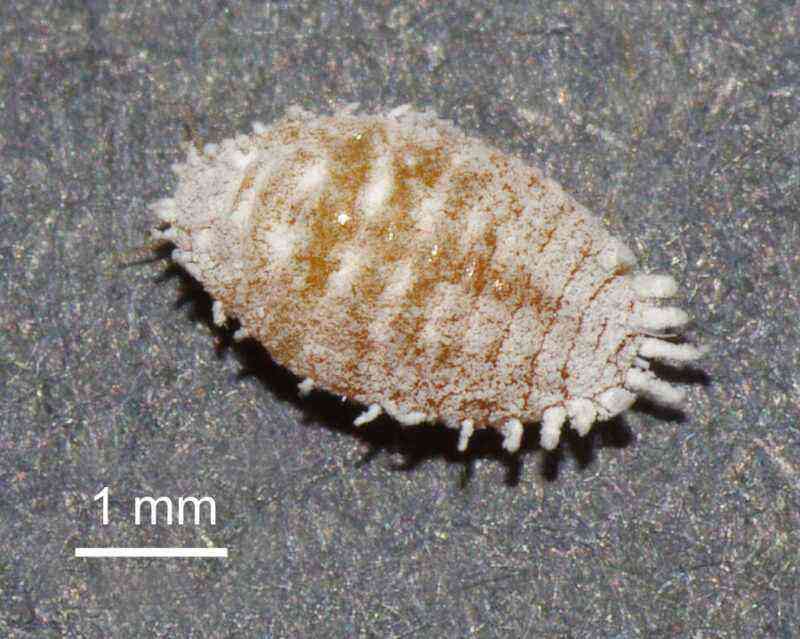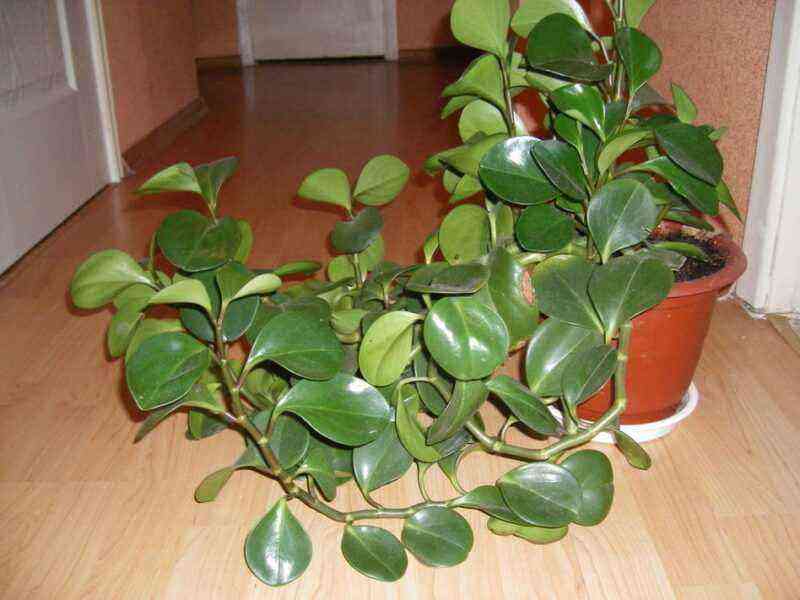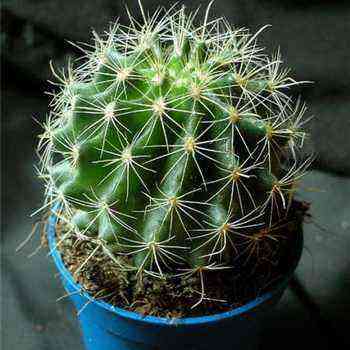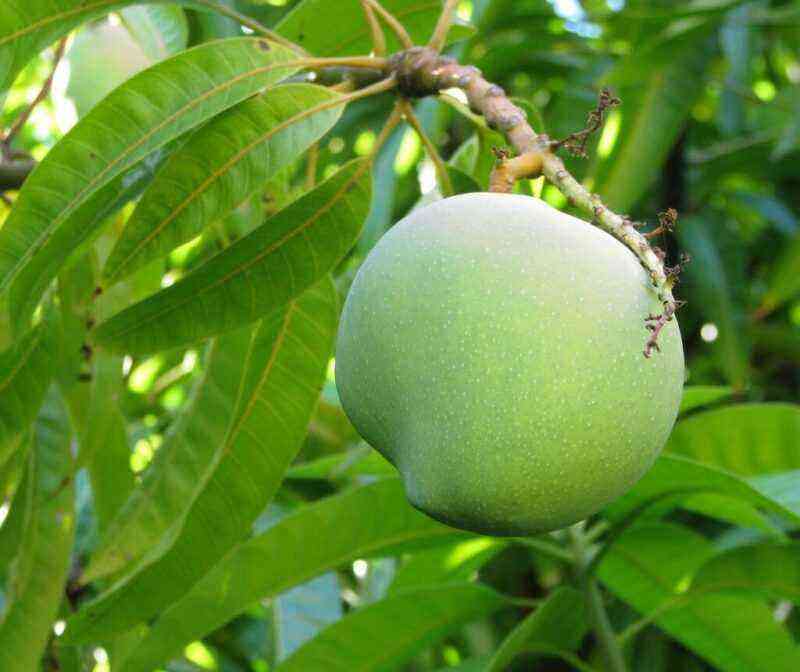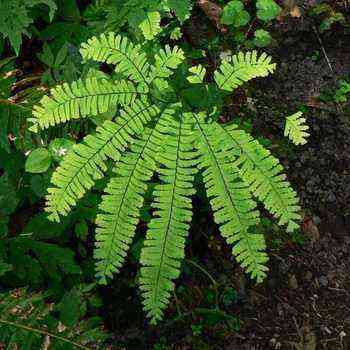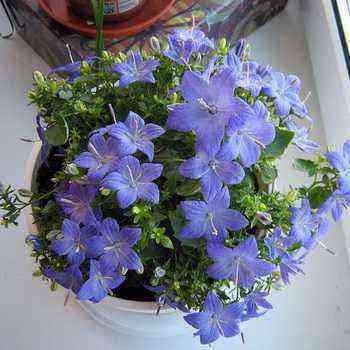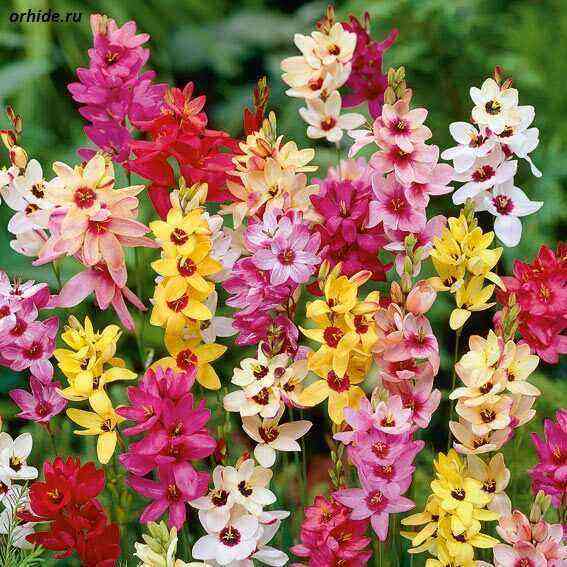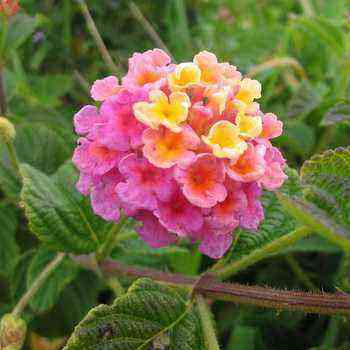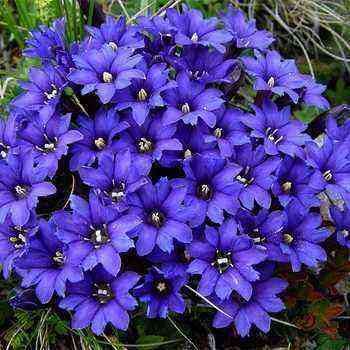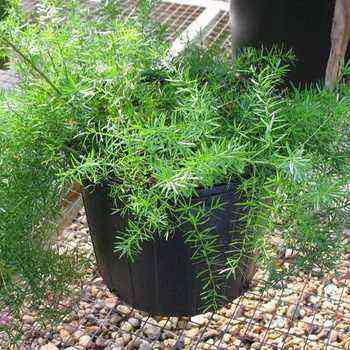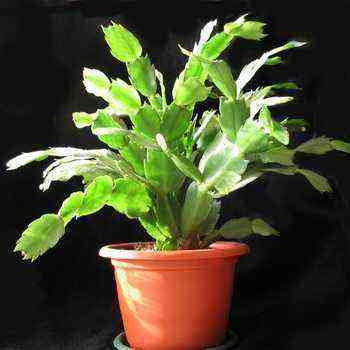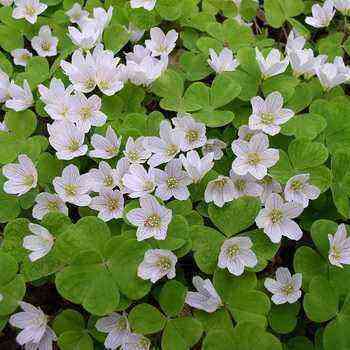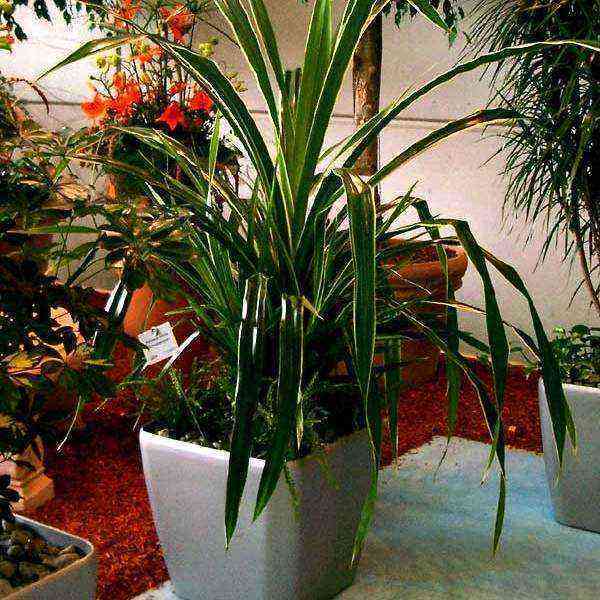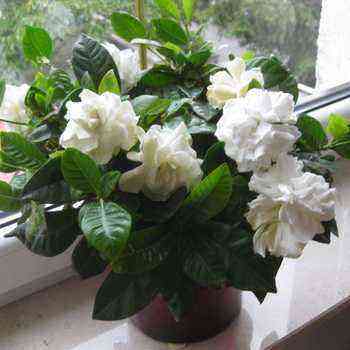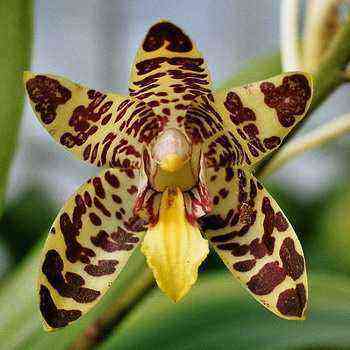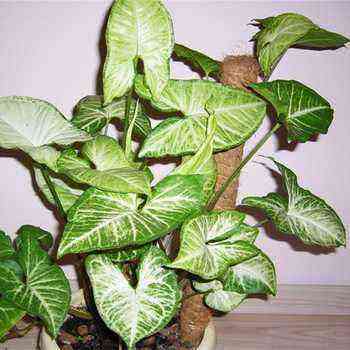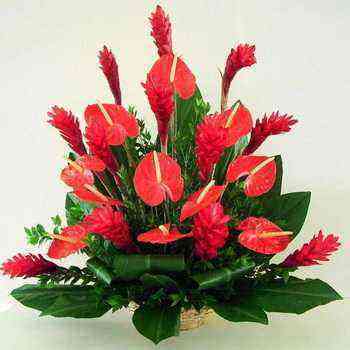Jasmine gardenia is also known as common gardenia or jasmine cape. It is an evergreen flowering plant from the Madder family. It first appeared in Asia and over time began to appear more and more in the regions of Vietnam, South China, Taiwan, Japan, Myanmar and India. With its lustrous green leaves and fragrant white flower, the jasmine gardenia is very popular with garden plant lovers and is also one of the most popular houseplants in temperate areas. It was grown in China for about a thousand years, until it was sent to Great Britain in the 18th century and became widespread there. Over time, many varieties have been bred specifically for horticulture – with low cultivation, as well as several large and long-flowering forms.
For the first time, the flowers of gardenia jasmine were described by the English botanist John Ellis in the middle of the 18th century, almost immediately after the flower was sent to England. It got its name from the association with the painted picture of the artist, and part-time botanist, Georgy Dionysius Eret. He portrayed a flower, which has caused everyone to associate with this particular flower. So gradually the name stuck and became its scientific name. Previously, the name Cape Jasmine stems from the version that the jasmine gardenia originated on the territory of the Cape of Good Hope.
In the photo – jasmine gardenia:
Evidence for the cultivation of gardenia jasmine flowers in China dates back to the Song Dynasty, where wild and double flower forms were depicted in paintings by Emperor Hu Zong, artist Xu Xi. During the Yuan Dynasty, the flower could be seen on lacquerware, and during the Ming Dynasty, on porcelain. Gardenias were seen in nurseries in Guangzhou in the late 18th century by the English statesman Sir John Barrow. Meanwhile, it was first distributed in England by James Gordon and sold well thereafter. In the United States, it was first grown in Charleston in the Alexander Garden.
Gardenia flowers jasmine: photo and description
It is an evergreen shrub up to four meters tall with dark green leaves with a glossy, leathery surface. It blooms in mid-spring and early summer. It is very popular for its snow-white, fragrant flowers (it often grows into a double flower shape). By the way, at the very beginning of the blooming process, they are very much like a rose.
Look at the photo of the jasmine gardenia at different stages of development:
The fruit of the jasmine gardenia is used as a natural dye for clothing and food. In Polynesia, these fragrant flowers are used in their flower necklaces. In China, gardenia is traditionally used in traditional Chinese medicine to treat febrile seizures.
Gardening jasmine-shaped home care
By maintaining an optimal climate, gardenia jasmine flowers can be grown year-round. They can grow both in partial shade and in the sun (but still you cannot completely keep it in the sun, only partially). When organizing the care of jasmine gardenia at home, great attention is paid to the quality of the soil.
The plant needs acidic soil with high humidity and a lot of organic matter. The soil must be well drained. Some of the shrub species are almost perfect in their properties, while others cause a lot of problems – they are susceptible to a number of dangerous pests, including sucking insects. For example, the flowers of the jasmine gardenia can be seen in a cloud of whiteflies, which lay their eggs on it, which later turn into larvae.
The second common problem is worms, since they can be easily dealt with with the help of environmentally friendly soap or special garden oil. In case of severe frosts, the plant must be placed in a warm room and properly protected from frost.
Place the flower in shade or partial shade during summer so it blooms more efficiently. Some of the gardenia jasmine flowers require full light to fully develop. Others can bloom normally in partial shade, and even produce greener and more succulent plants. Usually, the sunniest sides in the house are the south and west windows. Gardeners allow the flower to be exposed to the sun for six or more hours on a sunny day. But not always the plant is not harmed by direct sunlight, in which case we recommend that you place it in partial shade for a period of three to six hours. Before buying a jasmine gardenia, find out in advance the name of the subspecies and the conditions for its cultivation, as this is very important for its future optimal growth.
You should not be zealous while caring for jasmine gardenia at home with humidity, moderate watering (about three centimeters of moisture per week) and spraying in the summer are fine. Also apply words in 4-5 centimeters of organic mulch, which allows you to retain moisture, reduces the need for weeding, and helps maintain a consistently optimal soil temperature. It is necessary not to forget to water daily during the growing season along with fertilizing.
Trees need to be rejuvenated at least once every two to three years. By testing the soil, you can determine the existing nutrient levels in it. If the soil has a low content of them, then you may need a special agent, not a universal one. Fertilizers with a high nitrogen content will promote lush, greener foliage. An excessive amount of nitrogen in the soil promotes the development of the plant by increasing the flower bud. To avoid various soil problems, experienced growers recommend starting fertilizing at the end of the growing season.
Jasmine gardenia transplant
When transplanting gardenia jasmine, you need to be very careful when processing the root, as it is very easy to damage it. Fertilizers for transplanting in March or April must be applied from mid-spring to late summer, in accordance with the manufacturer’s instructions.
It is better to shorten the jasmine gardenia after it stops flowering in early spring. Since the plant will be dormant, the stems will be better able to heal their wounds because the flower does not grow. This way you will be able to enjoy flowers for the next year. When pruning, be sure to leave some leaves, so that the plant could provide food for the root system. This procedure allows the shrub to take shape and loosen it up to promote more lush flowering. There are several possible ways to trim a flower:
- pinching. The trunks of young plants are removed from branching. Doing so avoids more difficult pruning in the future;
- thinning. Removal of trunk processes. This is usually done in order to open up the inside of the bush to get more light and increase air circulation, which can significantly reduce the likelihood of disease;
- a haircut. Helps to level the area of the shrub using regular or electric scissors. This procedure is performed to maintain the desired flower shape;
- rejuvenation. Removing old branches or intercourse shrinking the bush to restore its original shape and size. It is recommended to remove no more than one third of the flower at a time, and also do not forget that it is necessary to remove branches from the inside to the outside. When you rejuvenate a cane plant, cut it back to different heights so the bush will look more natural.
The jasmine gardenia transplant is carried out very carefully, since the roots can be very easily damaged. The optimal time of the year is mid-spring and early summer. The flower has a very strong aroma, so it is necessary to place it in a room with good air circulation, which will allow the smell to spread over a large area (in this case, the smell will not be as strong). When planting, maintain a distance of 40 centimeters between the shoots.
The soil for gardenia jasmine should be enriched, acidic, moisture-retaining and optimally drained. Buy or use ready-made soil with the highest pH content, peat and compost must also be included in the soil. Cultivation can damage small roots, so you should mulch 2 to 3 centimeters of wood chips, ground bark or sawdust to keep the soil moist and cool and get rid of weeds. Gardenia does not tolerate alkaline soil, so if the soil for a flower is not acidic enough, then various problems may arise with it in the future.
We offer a photo of jasmine gardenia:
Reproduction of gardenia by jasmine seeds
There are three ways to propagate a plant:
- bend the undersized and flexible stem to the ground;
- cuttings with green shoots;
- gardenia jasmine-shaped from seeds.
Jasmine gardenia can be obtained not only by cuttings or transplanting, it can also be grown from seeds.
Place good drainage on the bottom of the pot (preferably wide) (about 1/3 of the entire container), then cover it with soil and spread the seeds. Place the seeds shallow and cover them with earth. Then thoroughly moisten the soil and seeds, respectively, with soft water using a spray bottle. Then you can insulate the pot with a plastic bag and put it in a warm place for the summer, for example, on the south window. The first sunrises at a temperature of 25 ̊С will appear in 25-30 days. They should then be placed out of direct sunlight and continued to grow in a pot. When the sprouts grow up, you can transplant each of them into a separate container with a drain hole. Very young gardenia sprouts need to be watered and sprayed all the time until they get stronger. When they grow another two centimeters, you need to transplant them into a new pot (it should be larger than the past). At this stage, it is worth starting fertilizing with fertilizers.
Why does gardenia jasmine turn yellow
On gardenia jasmine leaves turn yellow (a similar disease is also called chlorosis) if the soil is alkaline, you can treat it with iron in accordance with the manufacturer’s instructions. To treat this problem, it is worth acidifying the soil and maintaining soil moisture at an optimal level. It is very difficult to determine in absentia why the jasmine gardenia turns yellow. But the following activities are offered:
- wash the entire plant with a solution of household liquid soap;
- treat with an insecticidal agent;
- spill an earthen lump of water and the juice of half a lemon diluted in it in 1 liter of water.
Also, the reasons may be a lack of iron in the soil and too hard water.
Jasmine gardenias are not susceptible to many diseases, although many sucking insects constantly attack them. Aphids, worms, spider mites and whiteflies can damage the leaf surface and release nectar.
Coal mold is a fungus that grows and subsequently leaves blackened on the leaves of the gardenia jasmine. Also, this process can be associated with poor air circulation or lack of sun. The only way out in this situation is to wash each sheet with a special soap in accordance with the manufacturer’s instructions.
Control of the spread of harmful insects will allow the use of insecticidal soap in accordance with the manufacturer’s instructions.
On the jasmine gardenia, leaves can fall as a result of low humidity, excessive watering, lack of light, or too high a temperature.
